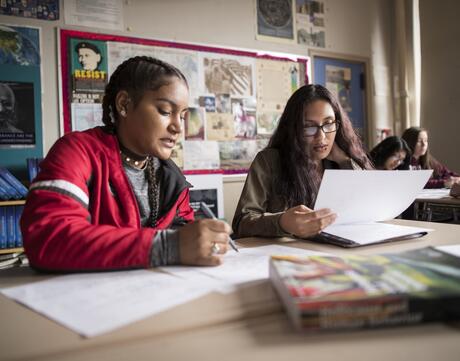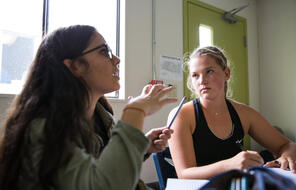
Making Contemporary Connections to Literature
Subject
- English & Language Arts
Grade
6–12Language
English — USPublished
Overview
About This Learning Experience
Students learn best when what they are learning is relevant to them, both for the lives they are living now and the lives they will lead in the future. ELA teachers play a key role in this process when they incorporate opportunities for students to make meaningful connections between the universal themes that emerge in the texts they are reading and contemporary issues in the world today that matter to their students. For example, a literary text might explore the relationship between justice and fairness, which students could connect to issues such as racial or gender discrimination, gun laws, LGBTQIA+ or disability rights, or mass incarcaration.
The following learning experiences help students draw connections between social issues that the author explores in the text and their impact on our world today. These are important competencies to foster in students—competencies that require them to practice perspective-taking, engage with big questions, and develop opinions about contemporary issues that impact not only them but others in their immediate communities and around the world.
Preparing to Teach
A Note to Teachers
Before using this learning experience, please review the following information to help guide your preparation process.
Procedure
Activities
Materials and Downloads
Quick Downloads
Get Files Via Google
Unlimited Access to Learning. More Added Every Month.
Facing History & Ourselves is designed for educators who want to help students explore identity, think critically, grow emotionally, act ethically, and participate in civic life. It’s hard work, so we’ve developed some go-to professional learning opportunities to help you along the way.
Exploring ELA Text Selection with Julia Torres
On-Demand

Working for Justice, Equity and Civic Agency in Our Schools: A Conversation with Clint Smith
On-Demand

Centering Student Voices to Build Community and Agency
On-Demand












